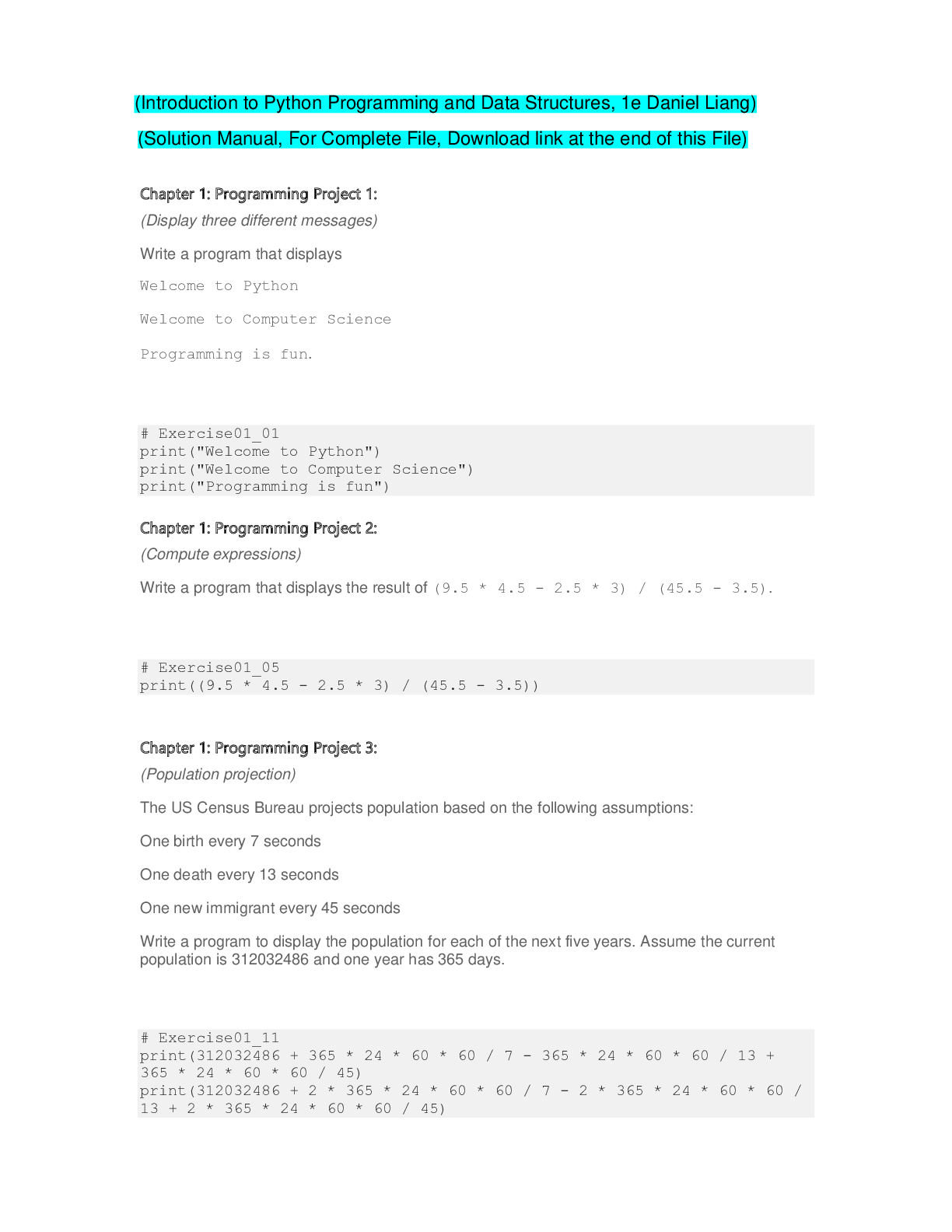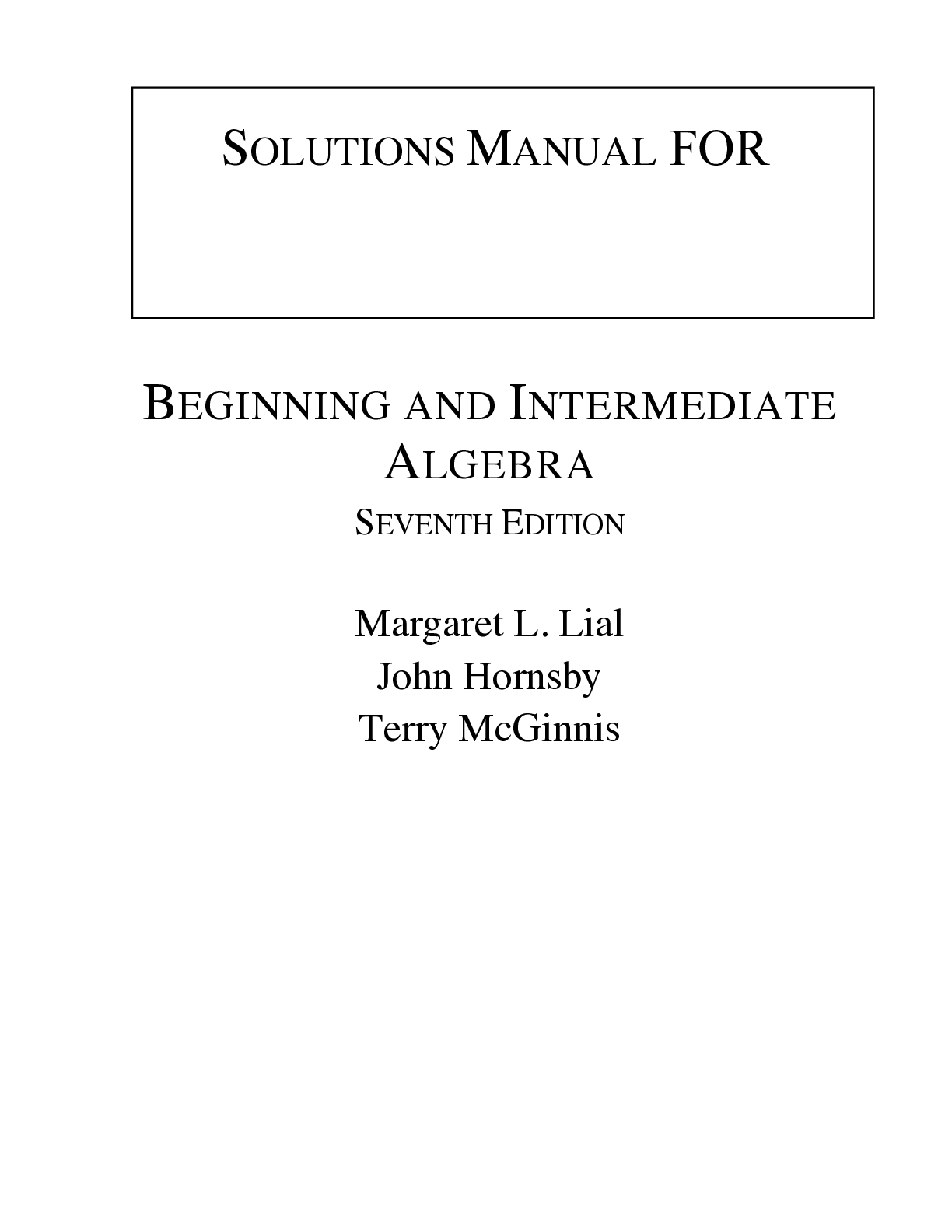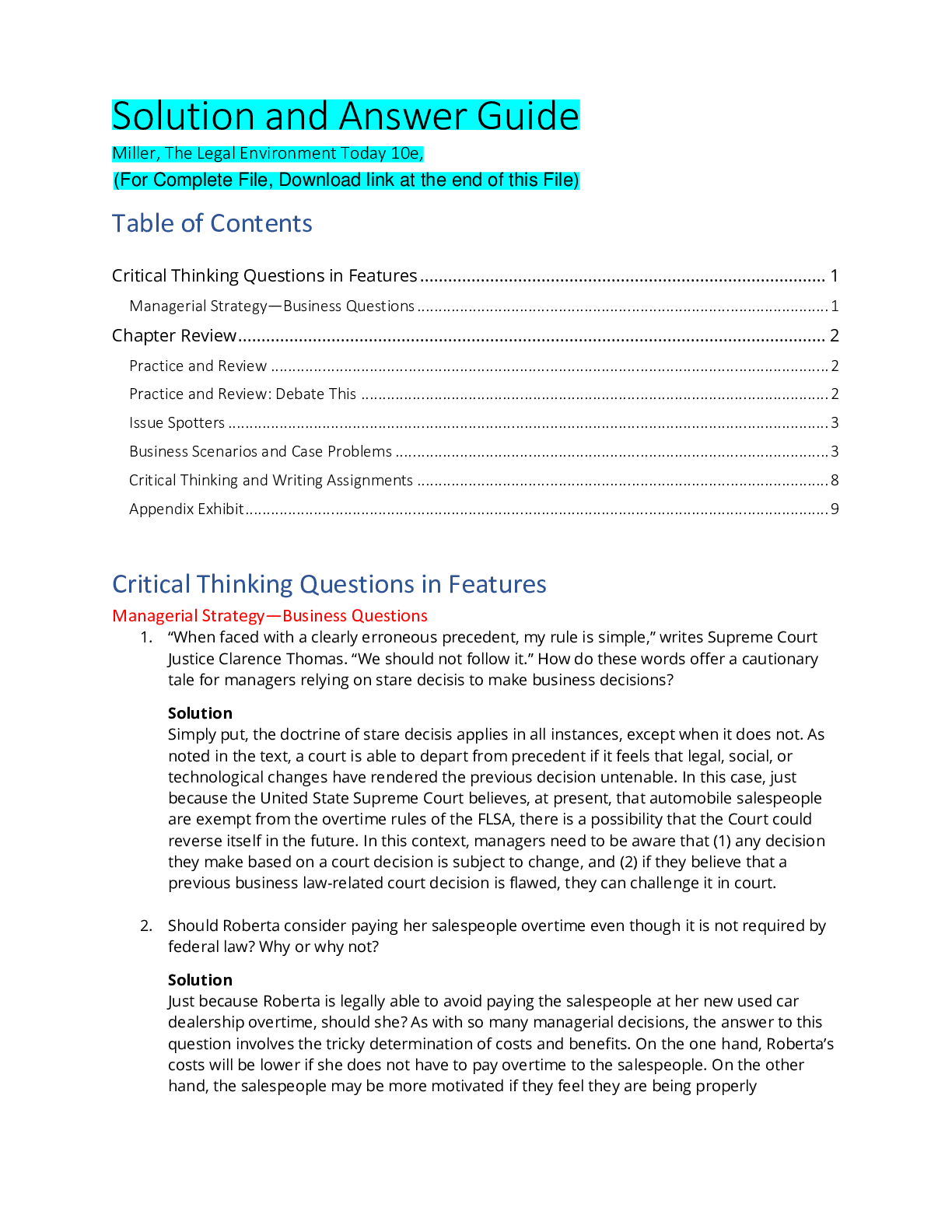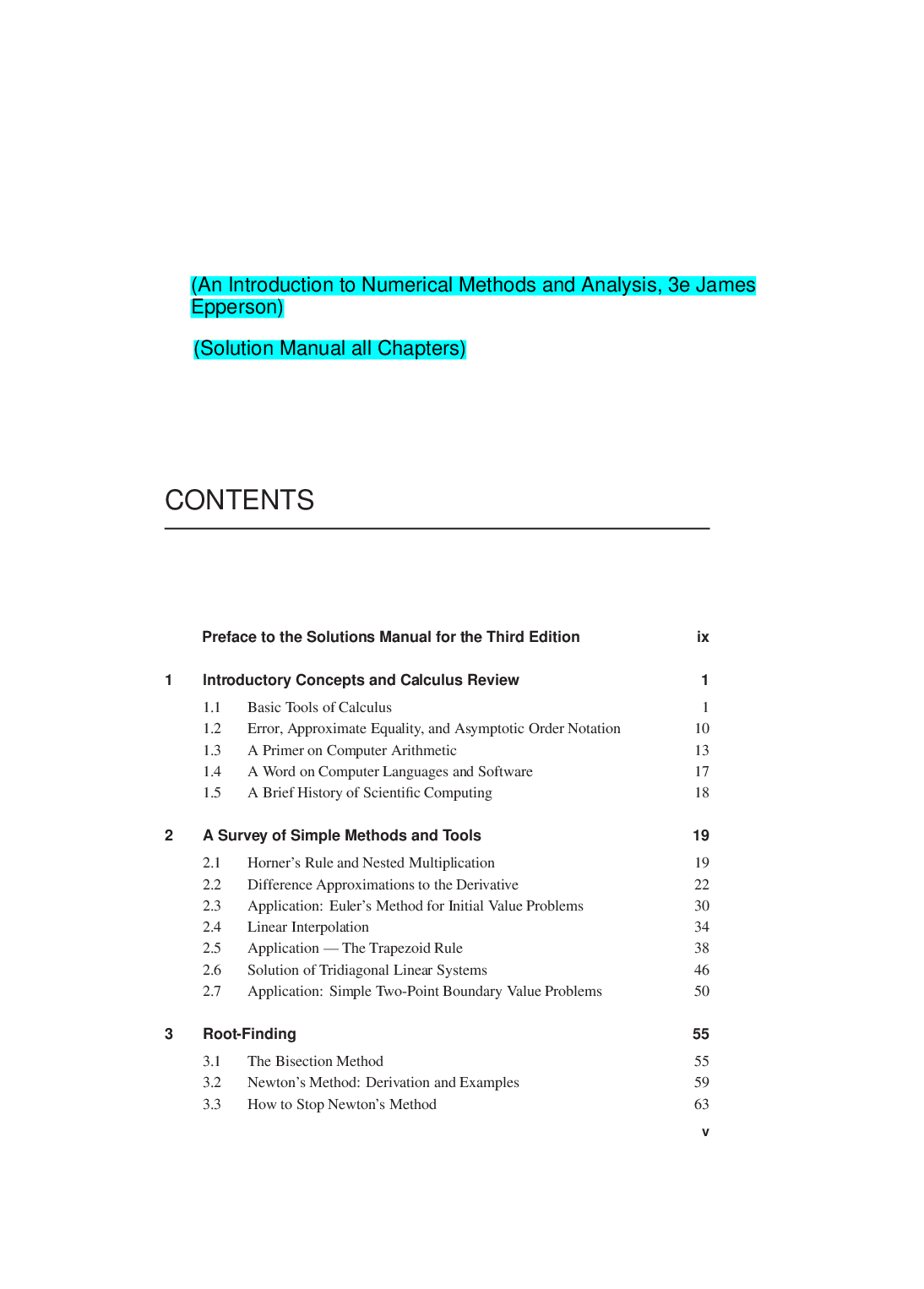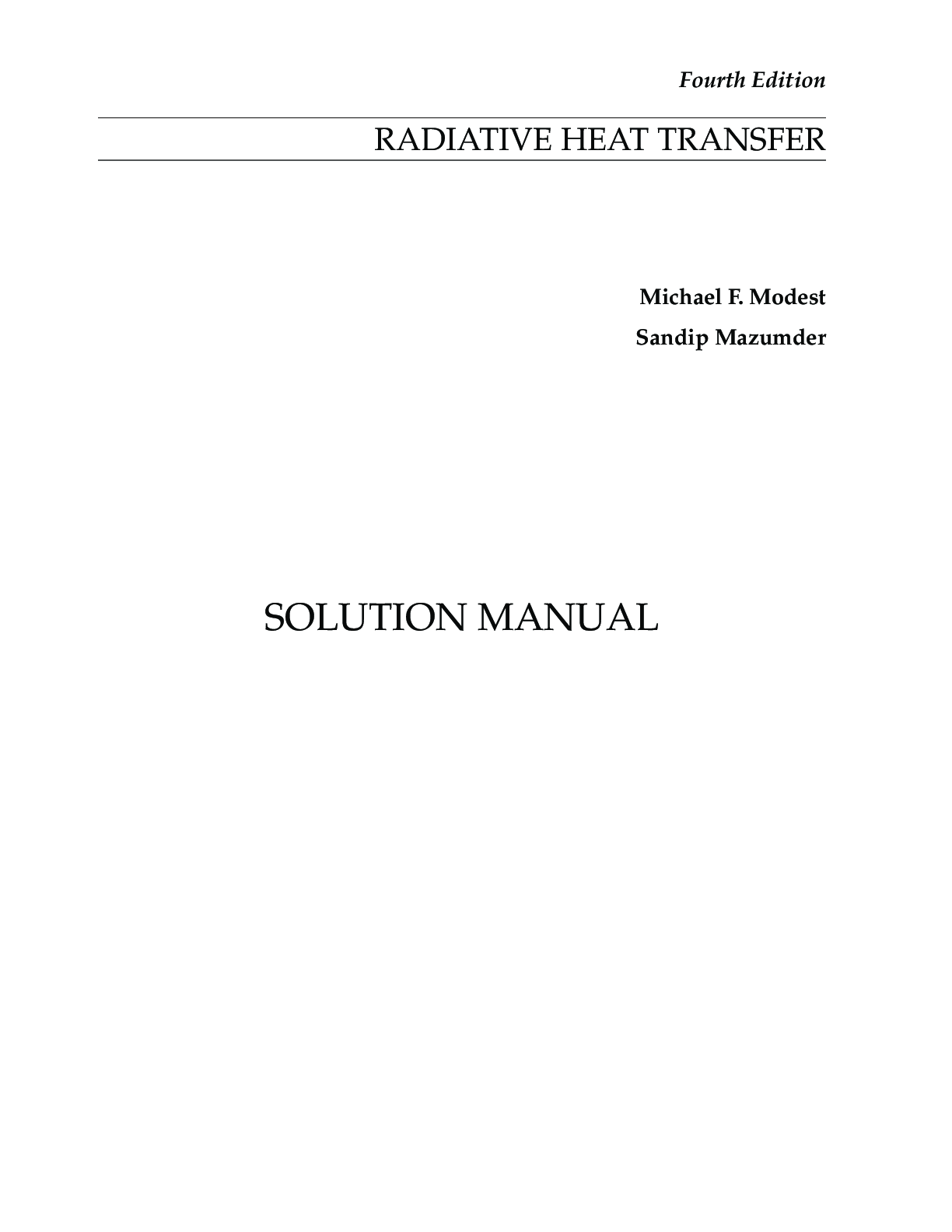Electronics > SOLUTIONS MANUAL > SolPrinciples of Electronic Communication Systems 4th Edition Frenzel Solutions Manual (All)
SolPrinciples of Electronic Communication Systems 4th Edition Frenzel Solutions Manual
Document Content and Description Below
Principles of Electronic Communication Systems 4th Edition Frenzel Solutions Manual Part B Answers to Questions, Problems, Critical Thinking, and Online ActivitiesChapter 1 Answers to Questio... ns 1. In the nineteenth century. 2. Transmitter, communications channel or medium, receiver, noise. See Fig. 1-2 in the text. 3. Wire cable, free space (radio and light), fiber-optic cable, water, the earth. The first three are the most widely used. 4. Modulator. 5. Demodulator. 6. The combination of a transmitter and a receiver in a single package that may share some circuits. 7. Attenuation, addition of noise. 8. Communications channel. 9. Noise. 10. Lightning, outer space (sun, stars), manufactured devices (motors, car ignitions, fluorescent lights, etc.). 11. Baseband signals. 12. Analog and digital. 13. Simplex. Broadcasting, paging, telemetry. 14. Full-duplex. Telephones: standard, cordless, cellular. 15. Half-duplex. Two-way radio, fax machine, computer modem. 16. Analog. 17. Digital or binary. 18. The analog signals are converted into binary signals first. 19. Information or intelligence signals. 20. Modulation. 21. Demodulation or detection. 22. One that consists of a carrier modulated by one or more baseband signals. 23. Multiplexing. 24. Demultiplexing. 25. Radio or wireless. 26. Electric or magnetic fields. 27. 1.5 kHz: 124.2 miles, 18 MHz: 54.67 ft, 22GHz: 1.36 cm. 28. Antennas would be too long to be practical, signals would not travel far, all signals would interfere with one another. 29. 20 Hz to 20 kHz. 30. 300–3000 Hz. 31. Yes, but only a few, usually military or government (navigation). 32. 535–1705 kHz. 33. Short waves. 34. VHF. 35. Two-way radio, TV, cellular telephone, radar, satellites. 36. Microwave. 37. Millimeter waves. 38. A micron is one-millionth of a meter or micrometer (µm) or 10–6 m. It is used to express light wavelength. 39. Infrared, visible, ultraviolet. 40. Heated objects or LEDs and lasers. 41. 0.7 to 100 µm. 42. An angstrom is 10–10 m and is used to state light wavelength. 43. 0.4 to 0.8 µm. 44. Free space and fiber-optic cable. 45. Facsimile and television. 46. Paging. 47. Telemetry. 48. Cordless telephones, cellular telephones, microwave relay, satellites. 49. The reflection of radio waves from a distant object. 50. Sonar. Passive sonar listens to underwater sounds. Active radar sends out an ultrasonic signal and listens for its reflection or echo to determine range and bearing. 51. Amateur or ham radio. 52. Modem. 53. Local area networks (LANs). 54. Wireless. 55. Engineer, technologist, technician. 56. Design and analysis of circuits, equipment, and systems. 57. Bachelor’s degree (B.S.E.E.). 58. Associate’s degree (A.S.E.E., A.A.S., etc.). 59. Bachelor’s degree in technology. 60. Usually no. 61. Install, operate, maintain, troubleshoot, repair, and service equipment. 62. Sales, technical writing, training. 63. Manufacturers create products, distributors transfer products to resellers who market the products, service organizations install, repair, and maintain the products, and end users apply the products. 64. Communications standards ensure compatibility and interoperability of equipment. 65. Communications standards define modulation and/or multiplexing methods, frequencies of operation, protocols, and interface methods, including mechanical connections. Answers to Problems 1. 7.5 MHz, 60 MHz, 3750 MHz, or 3.75 GHz. 2. ELF. 3. Radar and satellites. Answers to Critical Thinking 1. Vary carrier amplitude, frequency, or phase. 2. TV remote control (infrared), garage door opener (radio—VHF or UHF). 3. Stars (suns) radiate radio waves that can be received by directional antennas that can record azimuth and elevation to plot star positions. 4. Individual student’s choice. 5. Narrow or restrict the bandwidth of some signals and their channel bandwidth, use more multiplexing, share frequencies at different times or when signals do not carry far. Use more wire or cable systems. In digital systems, use data compression techniques. Use the optical range. 6. 982.08 ft/µs, 11.8 in/ns, 3 × 108 m/s. 7. The speed of light is 186,000 miles per second (mi/s) or 300,000,000 meters per second (m/s). The speed of sound is only a fraction of that, or about 1129 feet per second (ft/s) or 344 meters per second (m/s). You cannot see light travel because its speed is so fast that it appears instantaneous. Over long distances as in space, it takes light-years to go from one place to another. The sun is B-2about 93 million miles from earth. It takes light from the sun 93,000,000 mi/186,000 mi/s = 500 seconds, or about 8.33 minutes to reach us. Sound speed is easily observed. Lightning at a distance is an example. You see the lightning first, and then hear it (the thunder clap) later. 8. Remote control of automobile door locks and alarms by key chain transmitters, wireless speakers for stereo. Reverse control of a cable TV box by the cable company using digital signals, using cable TV modems for Internet access, telemetry of signals for water, gas, or electric utility monitoring. Radar speed measurement of baseball pitches. 9. Student ideas and innovations. 10. Call the FCC to get advice and direction. Search the FCC website at www.fcc.gov. Communications consultants can be hired to help you with this. Order copies or the relevant U.S. Government Code of Federal Regulations (CFR) Title 47 from the U.S. Government Printing Office. 11. Some examples are telephone, cordless telephone, cellular telephone, CB radio, TV set with remote control, radio, FM stereo system, garage door opener, PC with modem to on-line service, cable TV converter box, fax machine. 12. The “cup and string” communications system is theoretically sound although very inefficient. If the string is pulled taut, but not too taut, it will carry sound waves from one cup to the other. Speaking into one cup causes the bottom of the cup to vibrate like a diaphragm in a microphone. This transmits the sound to the string. The string vibrates the bottom of the receiving cup, which acts like a speaker cone to transfer the sound to your ear. The key to the success of this system lies in the efficient coupling of the string to the bottom of the cups and the tension on the string. Tension must be present in order to pick up and transmit the sound. If the tension is too great, it will inhibit the vibration of the cup bottoms. Chapter 2 [Show More]
Last updated: 11 months ago
Preview 1 out of 44 pages

Reviews( 0 )
Document information
Connected school, study & course
About the document
Uploaded On
Jun 17, 2021
Number of pages
44
Written in
Additional information
This document has been written for:
Uploaded
Jun 17, 2021
Downloads
0
Views
86

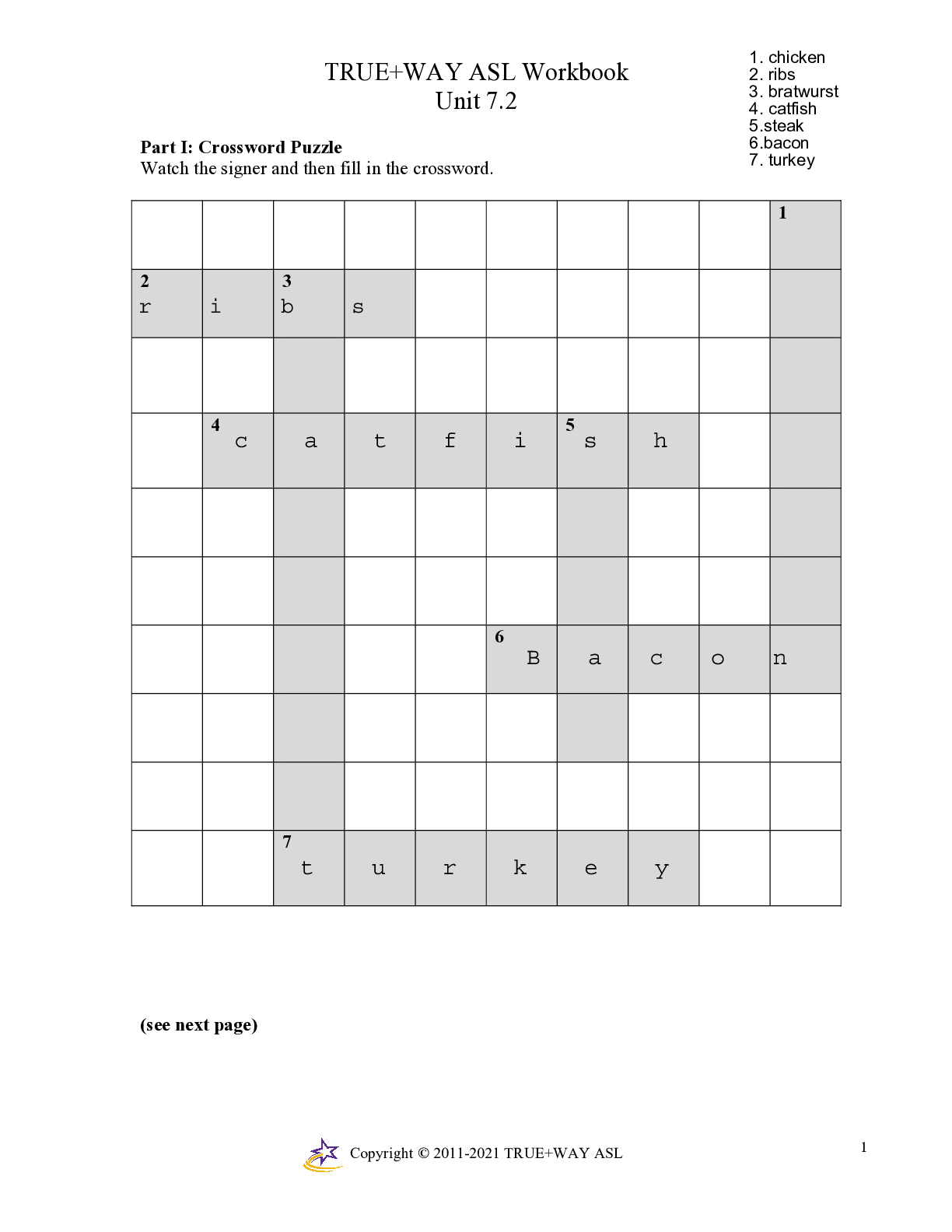
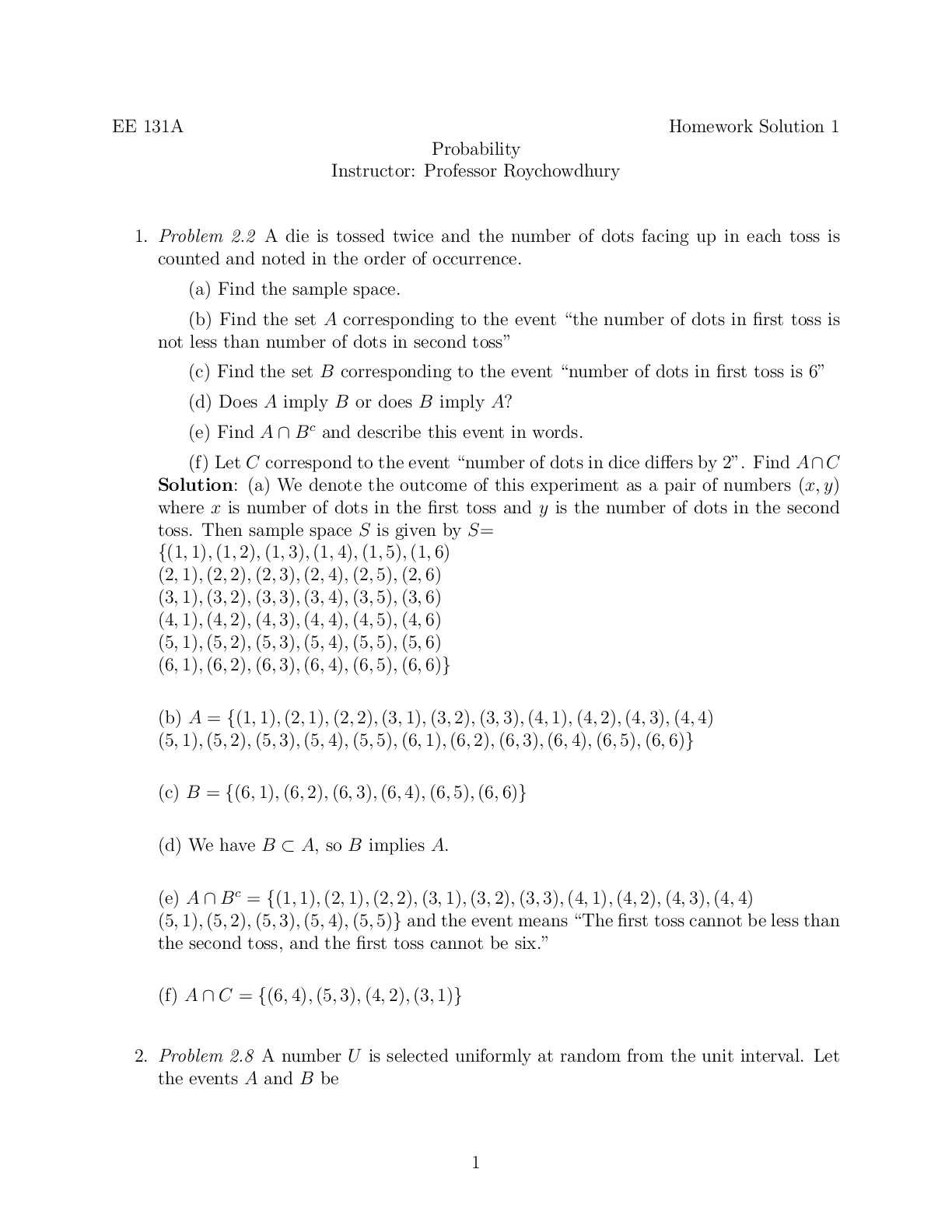
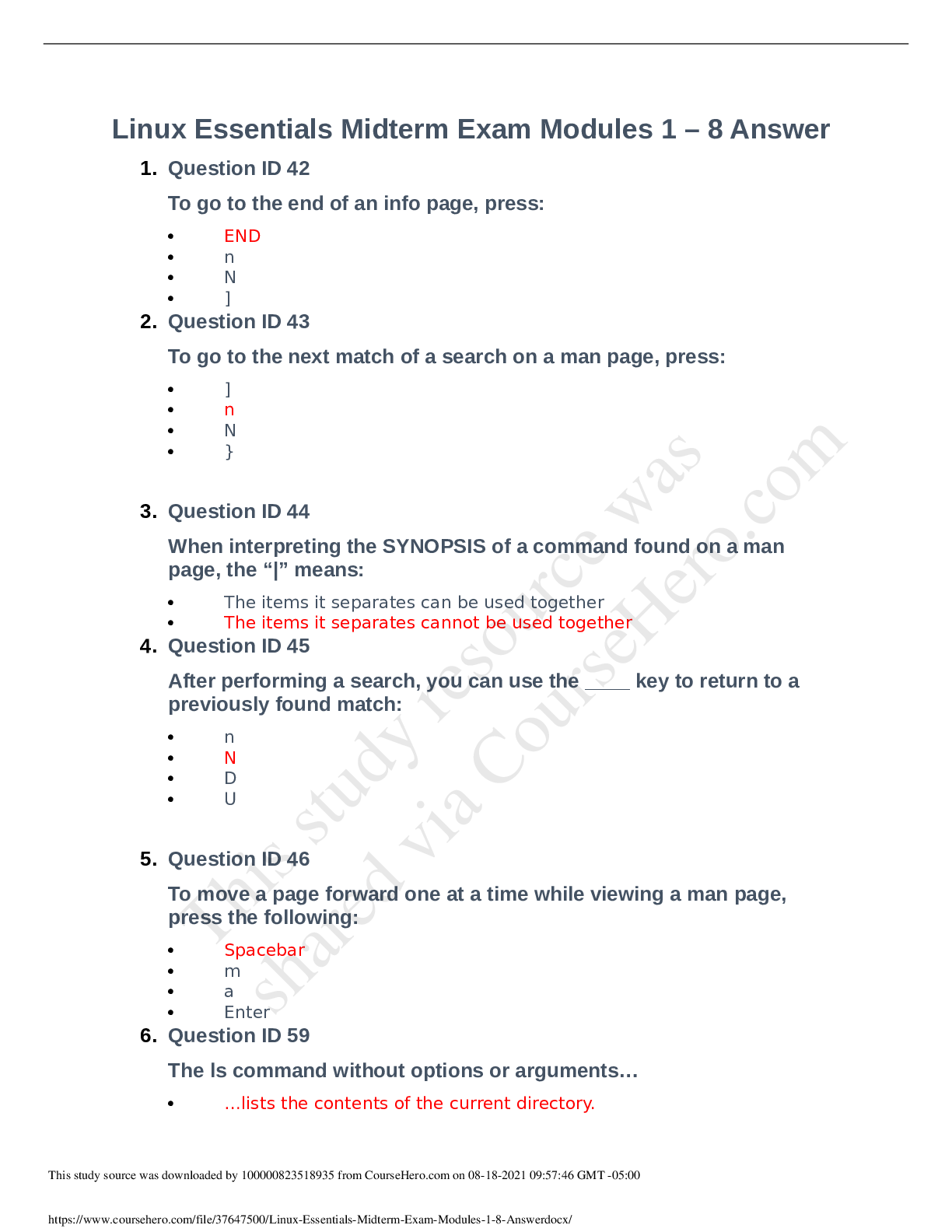


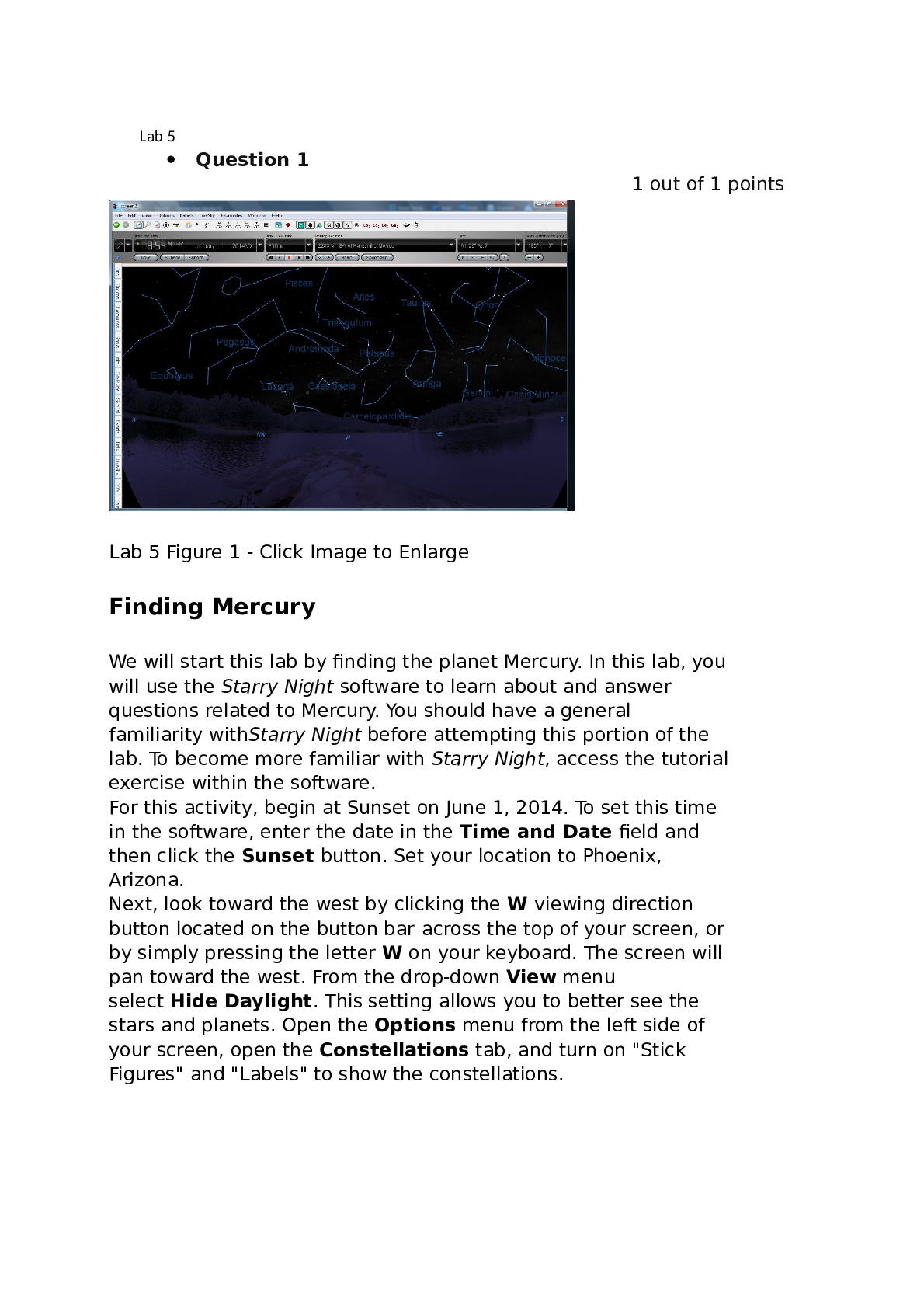
.png)








.png)

